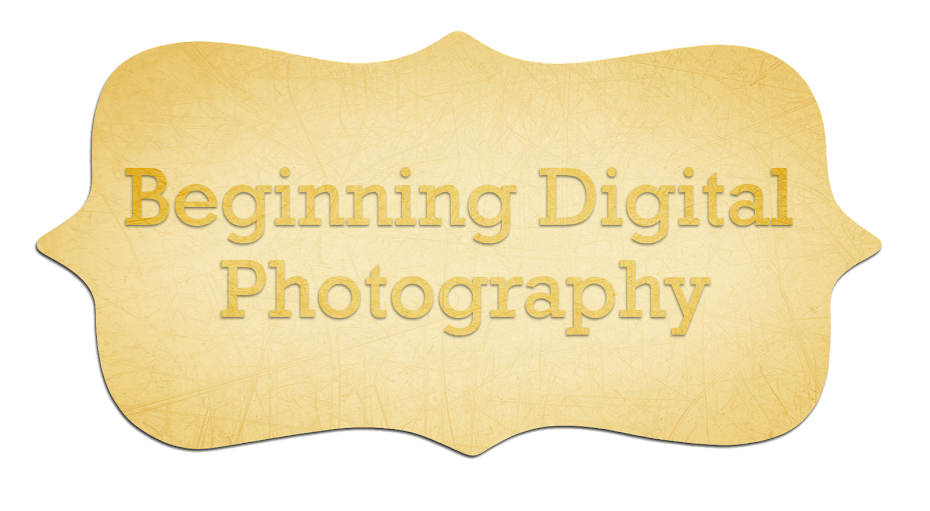Now, if only the name of ISO was as easy to understand. ISO stands for "International Standards Organization," which really has no bearing on its function, so feel free to forget it now. I know it is unusual for an instructor to tell you to forget something, but beginning in the world of digital photography can be a bit overwhelming, so one fewer thing to remember can be welcome.
Now, think way back to a time before the common nature of digital cameras and photography, to when you were taking a family vacation and needed to go buy film so that you could capture the memories of the museum, beach or Grandma's house. One of the few things you probably considered besides the brand and price was the number prominently featured on the side of the box.
I always felt safe buying a box labelled ISO 400, and the same is true today. In your camera's setting is a setting for ISO, or you can leave this setting up to your camera. If you have done so, you can also look back through past images already on your camera and see that many of them in generally good light were probably shot around an ISO of 400.
However, what do we do if we don't have the greatest light? Say you are going to Grandma's house or a museum where the lighting might not be ideal. What should you set your ISO at to avoid annoying blurs or too dark images, or the dreaded flashface?
The important thing to remember is the higher the number you set your ISO at, the greater is your camera's sensitivity to light. So Higher ISO=A Lighter Image with all of the same settings for everything else. You're probably wondering then Carrie, why don't we want to use a high ISO all the time and never have a blur we don't want, never have an image that is too dark?
 We ideally would like to keep ISO at as small a number as possible because the easier it is for your sensor to absorb light, unfortunately it is also easier for your camera to have unwanted "noise" in the image. This term is analogous to unwanted background sounds in audio recordings.
We ideally would like to keep ISO at as small a number as possible because the easier it is for your sensor to absorb light, unfortunately it is also easier for your camera to have unwanted "noise" in the image. This term is analogous to unwanted background sounds in audio recordings. A few of you may have seen this example in one of my Beginning Digital Photography classes; In the photo on the left, you can see my husband and son in the low-light environment of a museum back in our hometown in MI. You will notice that there is something about the image that looks a bit off, and when you come in closer in the crop on the right, you can see that both of their jackets appear to have small dots of color on them, as well as their faces. This is noise.
In horrible lighting conditions, you may have to raise your ISO up as high as it will go to have any chance of an okay photograph. You have only a very few other options, which are to change one of the other three main aspects of exposure that we are discussing in this series:
{Basic Digital Photography Tips} The Terrible Trio- Aperture
{Basic Digital Photography Tips} The Terrible Trio- Shutter Speed
So get out there- practice, and be the boss of your camera!

